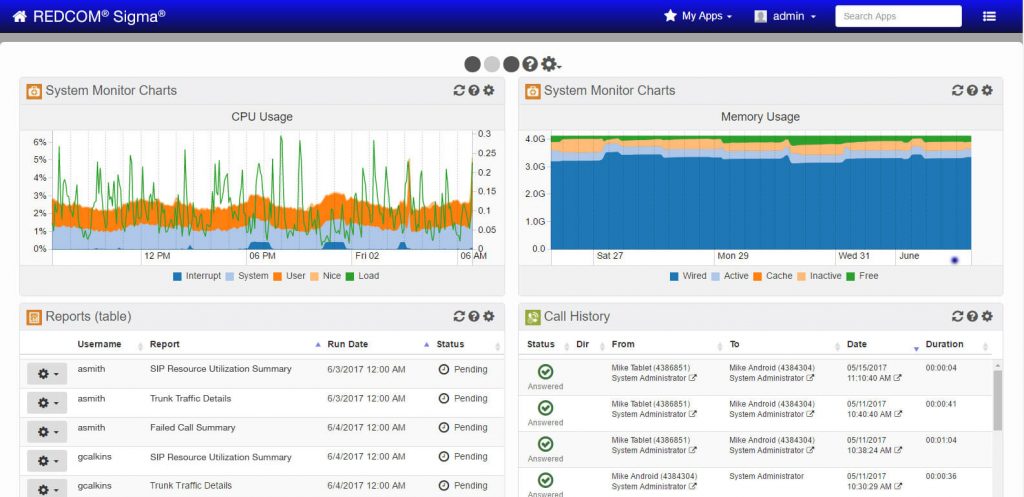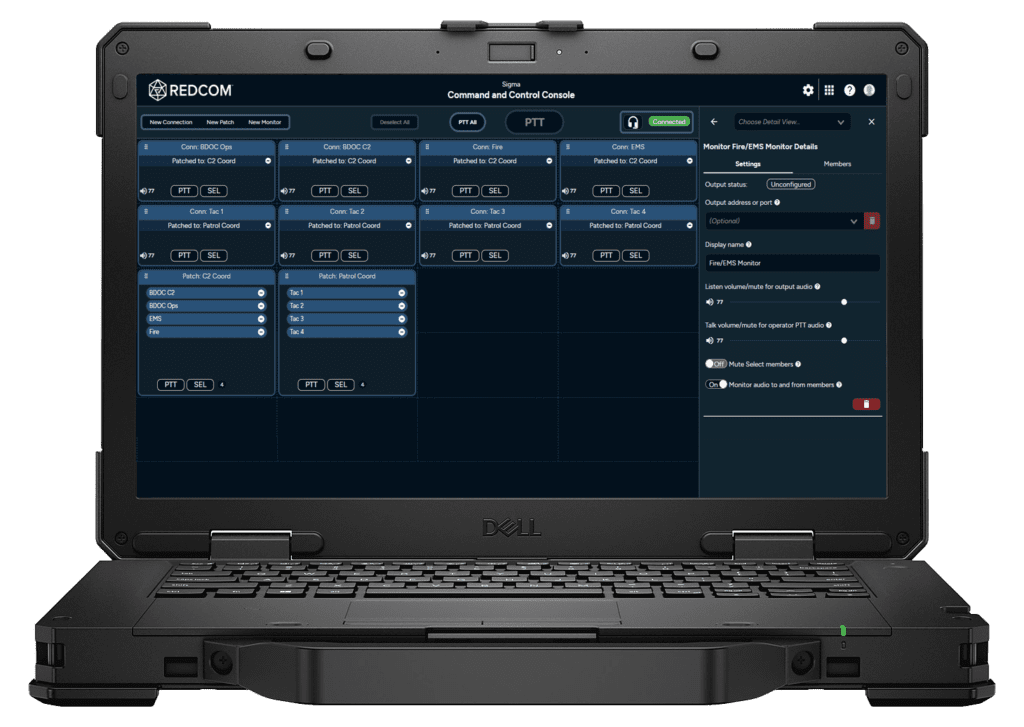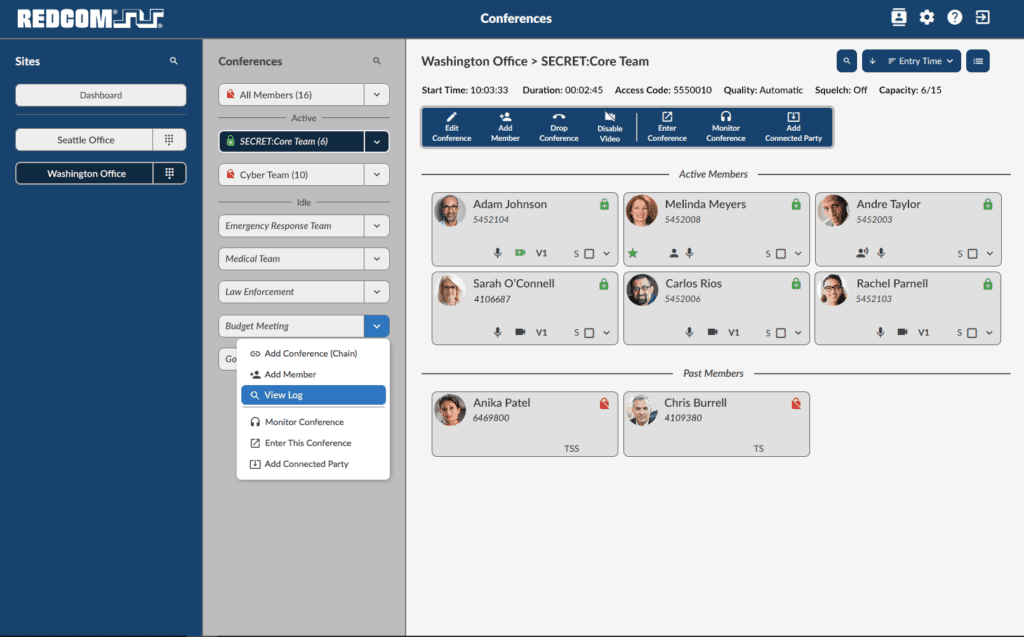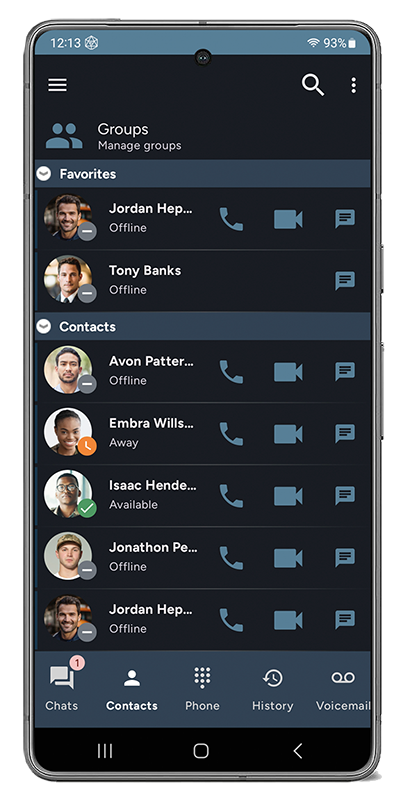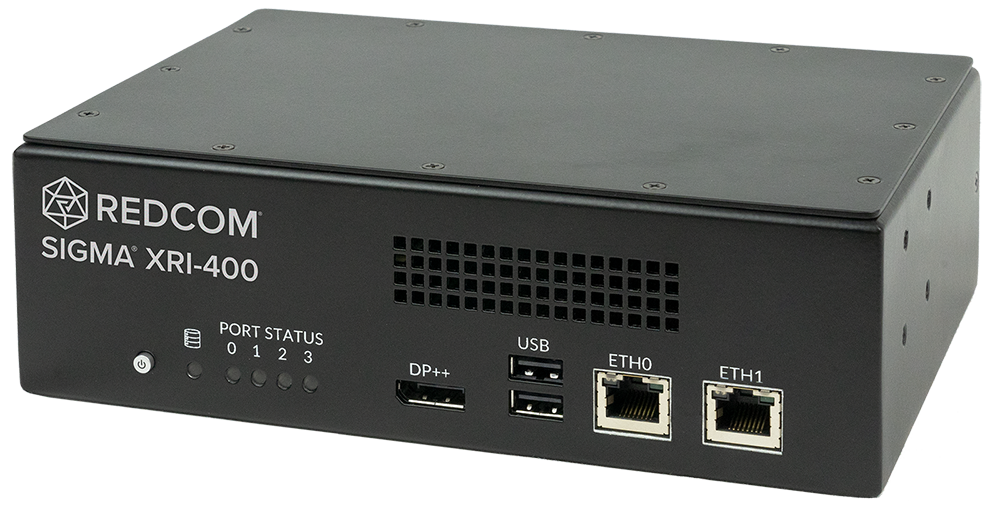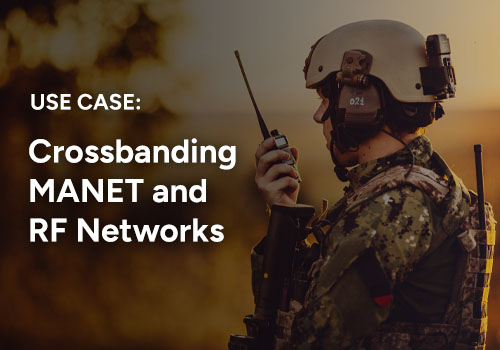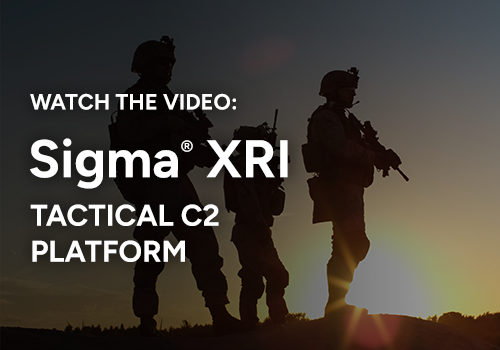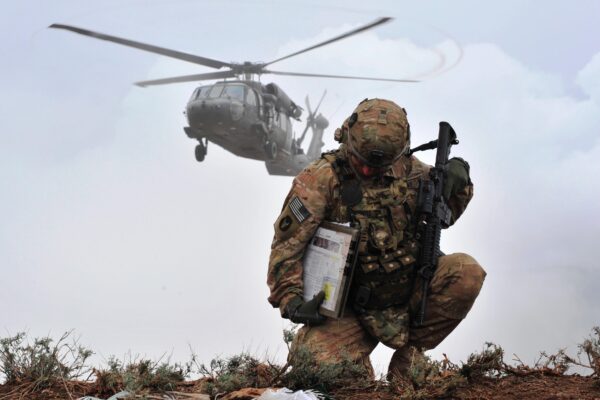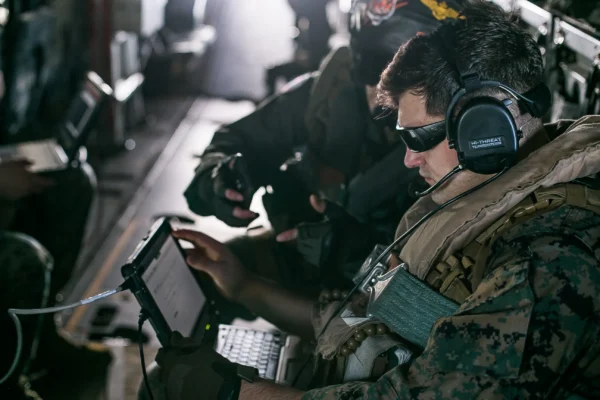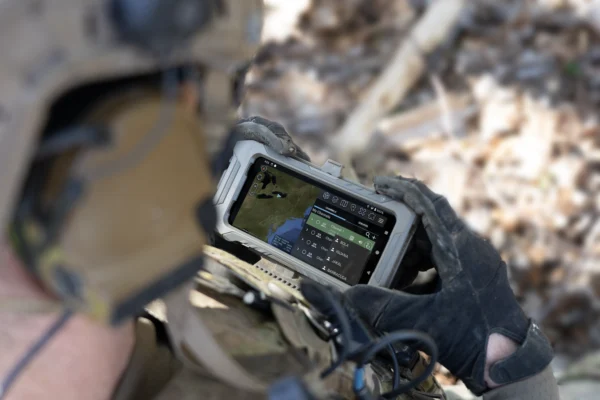In general, humanitarian operations cause unique command and control (C2) communication problems, with an unclear picture of the situation on the ground. This can be due to heavily damaged local infrastructure or operating challenges in densely populated urban environments. In either case, establishing clear lines of communication as quickly as possible using preexisting infrastructure is crucial to the mission’s overall success.
Example Case
On September 20, 2017, Hurricane Maria struck the island nation of Puerto Rico. The ensuing devastation was a tragic event that required significant time to restore the island’s infrastructure and services to pre-event conditions. The timelines associated with the disaster and following relief efforts have been well documented, as have the lessons-learned discussions and debates as to what could have been done differently to improve residents’ conditions before and after the devastation.
The complete destruction of the electrical infrastructure from winds and flooding, along with every cell phone tower being rendered inoperable, created a communications void that limited and greatly slowed relief coordination efforts. This not only impacted the resupply of critical response supplies such as food, water, and fuel, but it also left a void in providing medical evacuations and support, external communications, and a concise way to communicate with the residents of Puerto Rico post-incident to coordinate relief efforts.
The Problem
Having effective coordination to facilitate a rapid and efficient response is the key to success during these types of disasters. This presents a unique and challenging set of problems that are at the epicenter of a disaster and with damaged infrastructure. There is a clear need for systems that can provide interoperability when dealing with communications between a multitude of different organizations using different communication platforms. Furthermore, the ability to move up and down classification levels when government and non-government parties are involved with relief efforts is essential.
Taking advantage of existing communication infrastructures, such as analog public telephone systems, can help connect all parties trying to provide support for personnel from other countries. A functioning communications and information system can serve as an alternate means of communication using off-the-shelf technologies. For military units, handling this type of interoperability often means carrying boxes upon boxes of additional equipment that is not only costly but also time-consuming to set up, configure, and maintain. This problem is further magnified when units have a limited number of personnel that can spend time learning this equipment.
The Solution
The ability for a unit to operate simply and efficiently with legacy communication systems provides forces with an asymmetrical advantage over the local threat. The ideal solution is an integrated platform that can accommodate various gateways, has low size, weight, and power (SWaP) requirements, is intuitive for the user, and can be rapidly deployed in any environment.
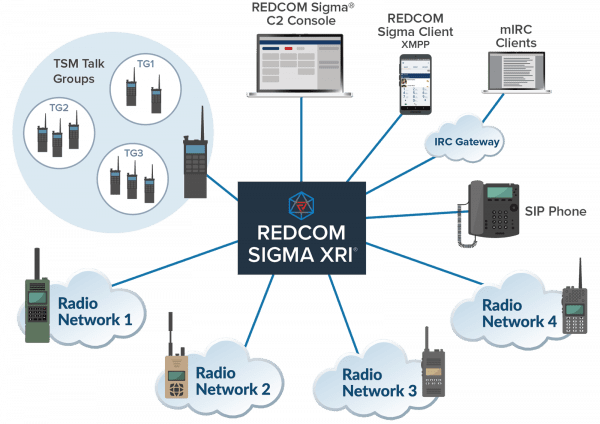
REDCOM Sigma XRI is a compact but powerful Command and Control platform that solves these interoperability and connectivity challenges. Sigma XRI delivers the power of a comms truck in a box that weighs less than 3 lbs. It can be installed in a portable kit or mounted in the trunk of a vehicle. In either case, the XRI integrates with existing military and public safety equipment without the hassle of a long and convoluted setup process. Sigma XRI uses very little power, so it can be powered by wind, solar, or small battery systems when deployed in disconnected and intermittent (DIL) environments.
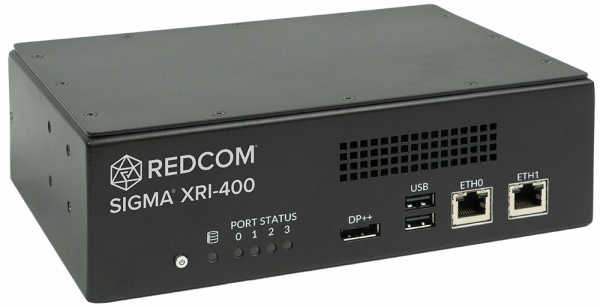
By leveraging existing assets and endpoints, Sigma XRI enables government agencies, military units, and public safety organizations to instantly connect to each other, regardless of the radio network, endpoint, or frequency used. Sigma XRI also interoperates with LTE and Wi-Fi, giving it the ability to create a bubble for wireless comms and enabling incident response teams to command, control, and communicate efficiently at the site of a disaster. Sigma XRI can even connect to HF radios and SATCOM for long-range backhaul.
Because Sigma XRI-400 is a full-featured C2 platform, radio users can communicate directly with users on other radio nets, users on TSM networks, and even users on SIP endpoints (such as mobile devices and desk phones). These connections can be controlled and patched together on the fly via the REDCOM C2 Console app. The Sigma C2 Console app provides operators with a single pane of glass to monitor and control all communications within the distributed DIL network, including both SIP and radio endpoints. The app is browser-based and runs on any PC, laptop, or tablet.
Conclusion
REDCOM’s capabilities are expeditionary in that they can be moved and transported easily, configured quickly, and integrated seamlessly, allowing for the establishment and sustainment of critical communications in the most demanding environments. For more information on REDCOM’s solutions for disaster response communications, please reach out to sales@redcom.com or call us at 585-924-6500.
